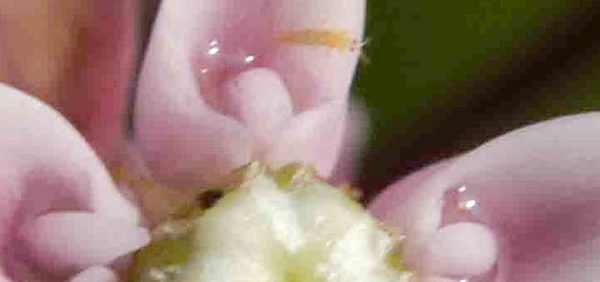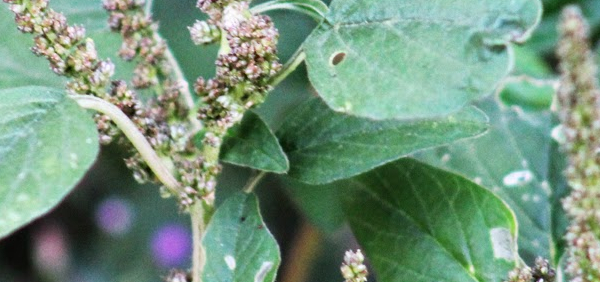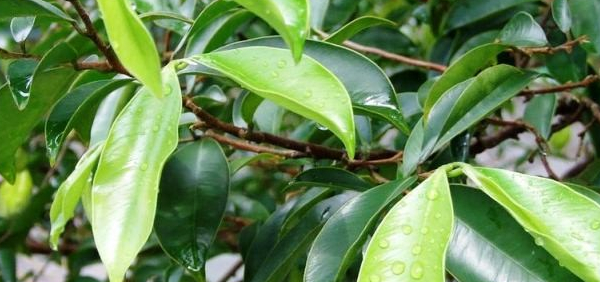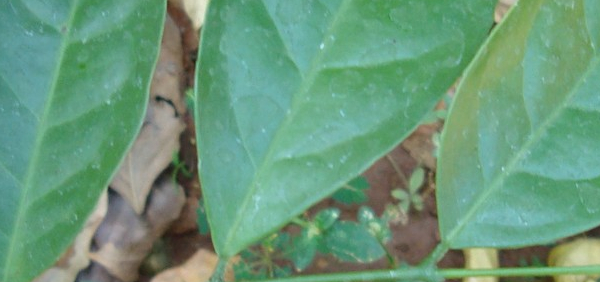bendarli (Tam.) :

Cultivation:
Land Preparation and Manure Application: Loose, humus rich soils are best suited for good growth of this plant. They take longer time to establish in freshly prepared fields. Therefore, before putting the rhizome cuttings, soil of the fields should be properly loosened and mixed well with decomposed Farm Yard Manure @ 25 t/ha for their proper growth. Rhizome cuttings perish quickly if proper moisture conditions are not provided immediately after planting. Therefore, during and after planting, field should have good amount of moisture. However, water logging has been found to be harmful for the plants. The plants of Lycopodium do not survive in subtropical conditions even in glass house. Therefore, plants should be grown in high altitudes, in shades where natural moisture is available in plenty.
Transplanting and Optimum Spacing : Rooted rhizomes of approximately 125 cm in length are suitable for planting. There should be at least 45 cm space both between the rhizome cuttings and between the rows for their optimum growth.
Propogation:
Plant may be grown from spores or vegetatively propagated by rhizomes.
Spores take long time (3-8 years) to germinate into prothallus and few years to form a new plant while through rooted rhizome cuttings plants may be multiplied quickly.
Harvesting:
Crop Maturity and Harvesting: Plants grown from rhizome cuttings remain vegetative for long time.It produces strobili, the spore producing organ, after 4-6 years of planting.
Post-harvest Management: The most efficient and least destructive way to harvest is by clipping the mature aerial part of the plant near the base of the stem with some sharp instruments preferably with secateurs. Plants should not be pulled from the ground. Rhizomes should be allowed to remain undisturbed in its position on the ground for future growth and harvesting. Strobili should be separated carefully from the plant without dispersing the spores. Strobili and aerial parts are dried separately in shade. Strobili should be dried in paper bags; it takes about one week to dry properly. However, vegetative parts take about two weeks for drying.
- » Classification and names of bendarli (Tam.)
- » Synonyms and definitions of bendarli (Tam.)
- » Drug Properties of bendarli (Tam.)
- » Chemical Constituents of bendarli (Tam.)
- » Standardization of bendarli (Tam.)
- » Parts used and Dosage of bendarli (Tam.)
- » Morphology and Histology of bendarli (Tam.)
- » Distribution and Conservation of bendarli (Tam.)
- » Cultivation of bendarli (Tam.)
- » bendarli (Tam.) in the market
- » Medicinal Uses of bendarli (Tam.)
- » Researches and clinical trails of bendarli (Tam.)
- » bendarli (Tam.) in other sytems of medicine
- » Ayurvedic formulations with bendarli (Tam.)
- » Images of bendarli (Tam.)













